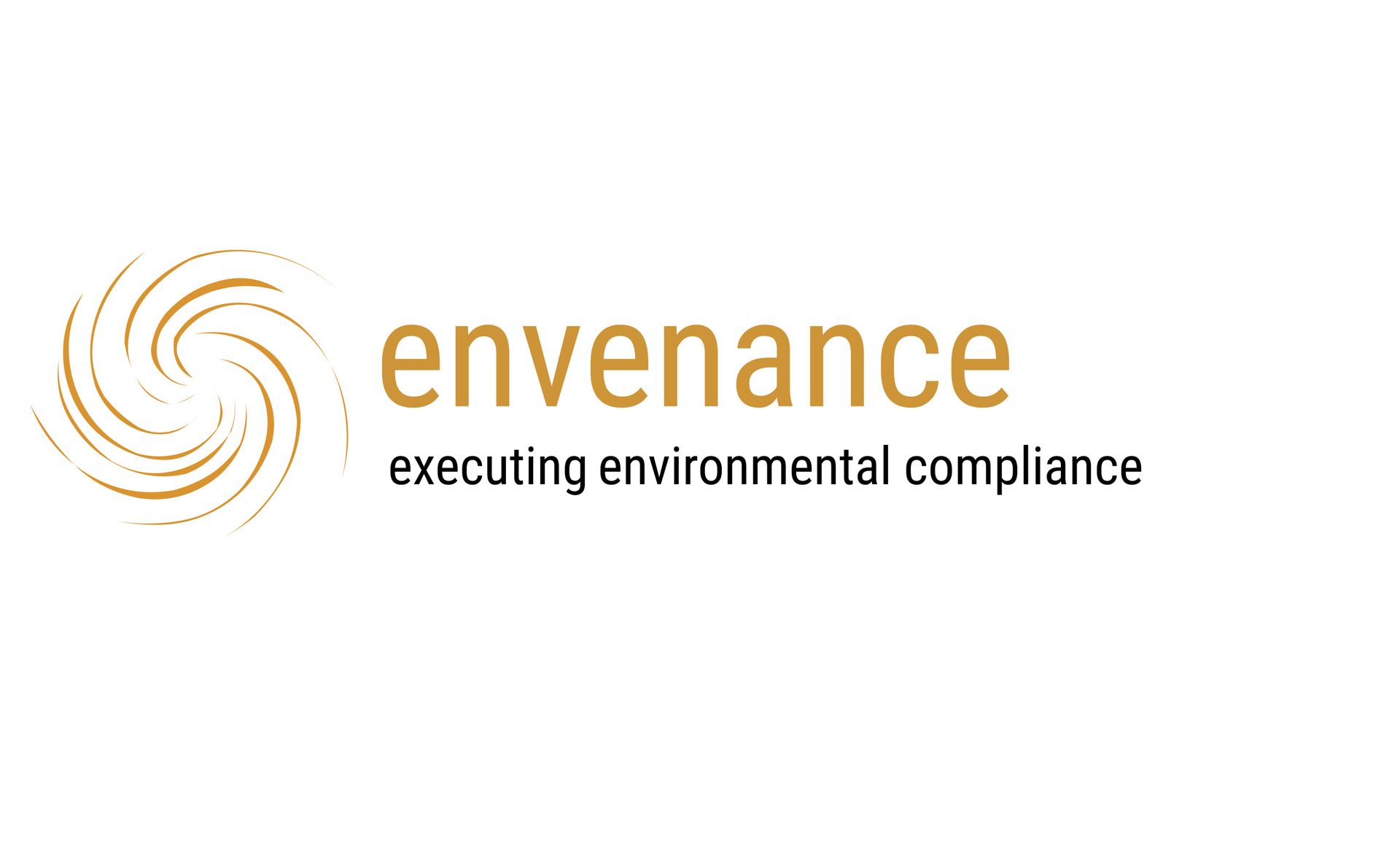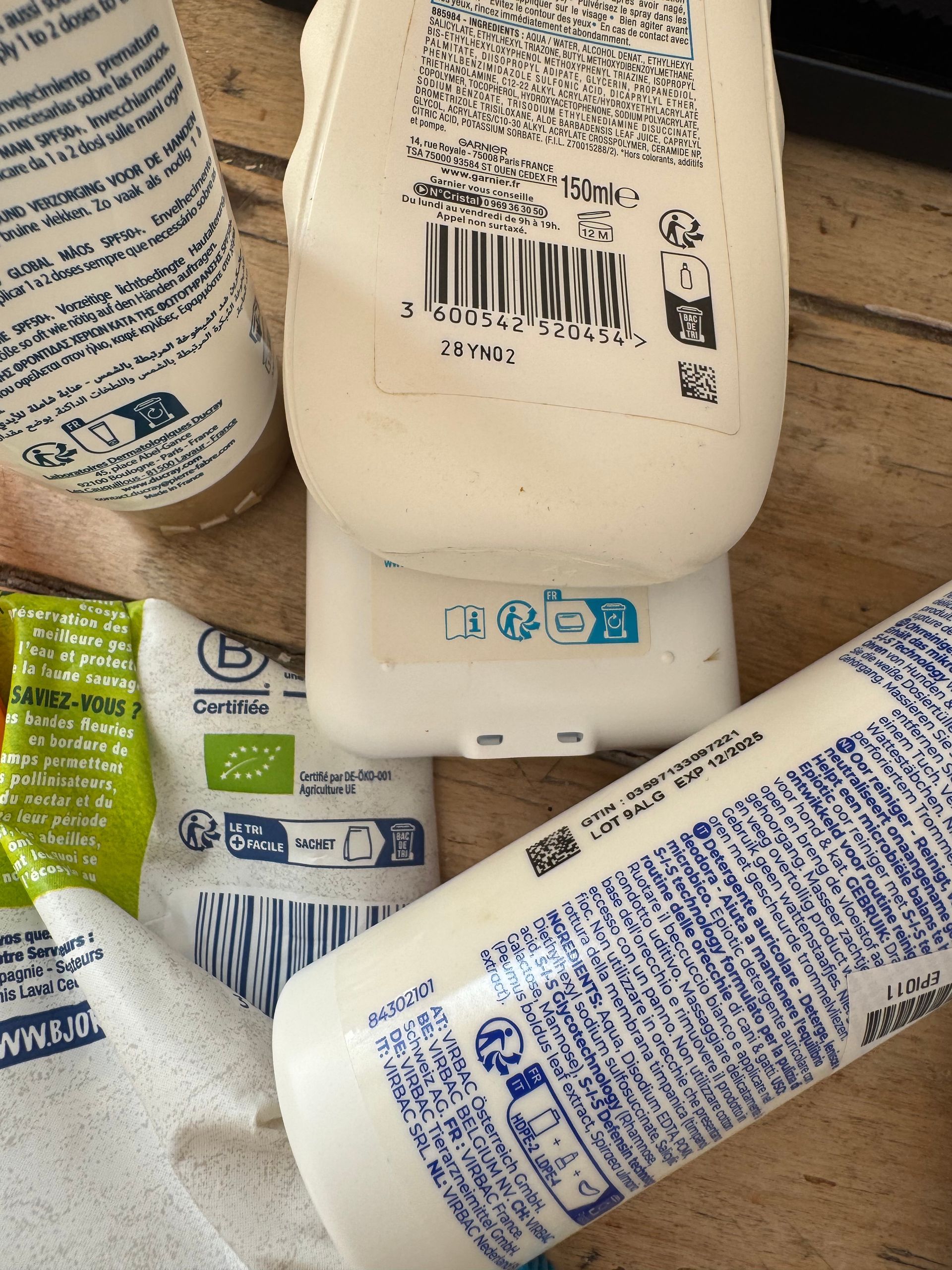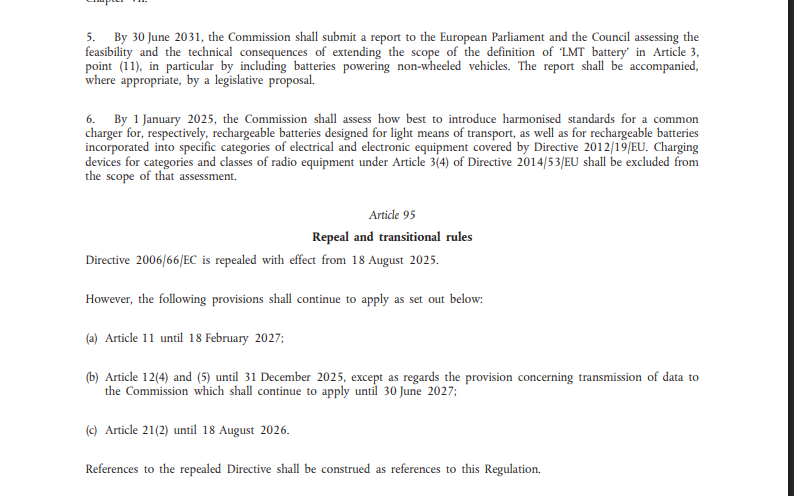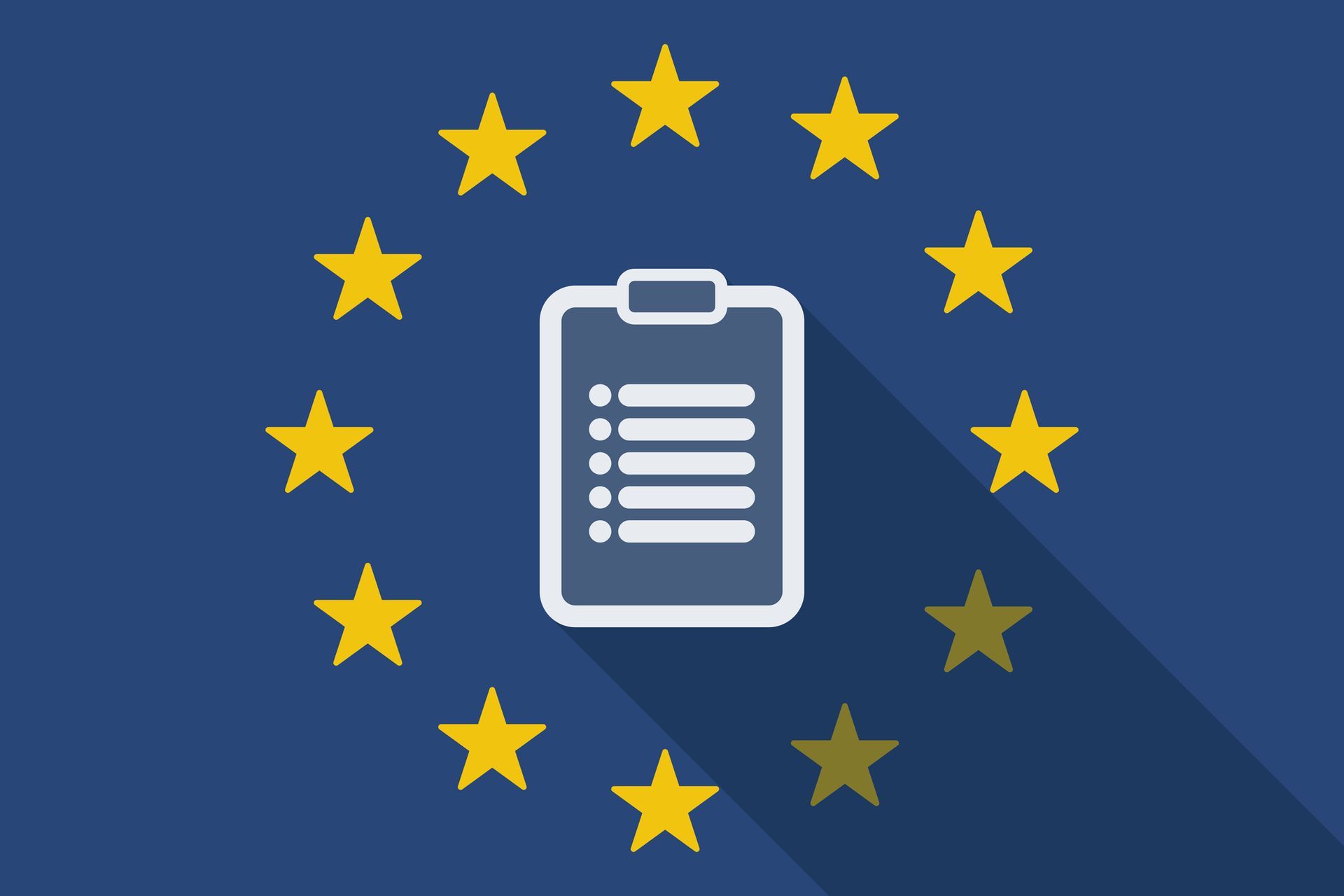Packaging labelling in Spain.
The next local European obligation.
The final provision (Disposición final quinta) of Real Decreto 1055/2022 makes packaging labelling for household packaging waste as outlined in Article 13 mandatory from the 1st January 2025 onwards.
Based on this legislation, the packaging waste sorting information must follow the following criteria:
a) per waste fraction or container: indication of the appropriate waste fraction or container where household packaging waste should be deposited.
b) for reusable packaging: in so far that the packaging is reusable, the symbol associated with the deposit, refund, and return system (Sistema de Depósito, Devolución y Retorno, SDDR) has to be included
c) for compostable plastic packaging: information about the certification standard UNE EN 13432: 2001
d) for compostable packaging: mandatory indication on the packaging: "do not abandon in the environment." (no abandonar en el entorno).
Source: https://www.ecoembes.com/en/companies/packaging-declaration/markings-of-packaging
According to Article 13 of Decree 1055/2022, the markings and labels must be applied “(…) either on the packaging itself or on the label. These markings must be clearly visible and easily legible and must have adequate persistence and durability, even after the packaging is opened.”.
For packaging made of different materials that can be easily separated, the fraction or container for each material must be indicated. If materials cannot be easily separated or in the case of composite packaging, the fraction or container corresponding to the predominant material by weight must be indicated, unless a better collection alternative that avoids potential recycling issues is demonstrated, in which case the appropriate container should be indicated (see Article 13.2 of Decree 1055/2022)
Decree 10155/2022 leaves no clear option for the usage of QR codes for the marking.
The marking of packaging with the words "environmentally friendly" (respetuoso con el medio ambiente) or any "equivalent term" is prohibited (see Article 13, 3. of Decree 1055/2022)
Companies in scope of the packaging EPR for household packaging based on Decree 1055/2022 can independently decide upon the format as long as the outlined requirements according to the marking are met, particularly regarding the information upon the waste fraction and the waste collection bin that the waste needs to be disposed into.
The collective scheme Ecoembes suggests a set of pictograms that can be used.
https://www.ecoembesthecircularcampus.com/web/app/uploads/2024/03/Symbol-for-Packaging-Recycling_2024_ENG.pdf
In the essence - and from the viewpoint of the author of this blog article – the ecoembes picograms indicate both packaging waste material and the waste collection bin (container) destination by a colour code: yellow for plastic, blue for paper, green for glass and brown for compostable packaging waste. Additionally, a wording “RECICLIA”, indicating the instruction to separate the packaging from the unsorted household waste is applied. The waste collection bin (container) symbol itself is, however, rather generic.
The marking instructions from ecoembes suggest to apply the waste collection bin destination (container) verbally when the label is not displayed in colour (al azul, al amarillo, al verde, al marron), indicating on the other side that the colouring might be enough for the communication of the appropriate collection bin. However, the pictogram library also suggests a combination of both colour and container indication on the same label. The producer has thus the liberty to decide.
What does this now mean in practical terms for a producer?
From the point of view of the author of this blog article, the Spanish legislator intends to have a sorting information for the Spanish consumer that clearly indicates a hint to recycle and the waste collection bin destination in a very pragmatic form (pictogram and very few words). In the light of the flexibility that is left to the producer for the application of the sorting instruction, it can be even imagined to apply the French Triman label in Spain by adding the “ES” country abbreviation to the Triman marking and by adding the Spanish “Recicla” wording additionally in so far as coloured labels are used. In the case of black and white Triman labels the wording needs to be extended to the respective container (e.g. RECICLA AL AMARILLO for plastic packaging waste that is determined for the yellow collection bin).
In the light of the options that the French Triman marking has for international applications and also with regard to the Italian pragmatic approach to the sorting instructions, the Triman has clearly the potential for a European sorting instruction label for consumers.
Summing up, the Spanish labelling legislator appears to leave space for pragmatic solutions indeed. However, the application of the labelling and marking as such remain mandatory starting on the 1st January 2025.













